Ready to proof -- Clare 7-13-22
KJ proofed on 7/15 and sent corrections to Clare
Revised on 7/15
Ready for author
Recycled Paint:
Better for Your Pocket and the Planet
Photo: Fotodaisy, iStock/Getty Images Plus, via Getty Images
By Brendan Adamczyk, Senior Associate, Policy & Programs, Product Stewardship Institute
Consumers are aware of recycled paper, plastic and cardboard products — but many don’t realize that paint can be recycled too. In order to raise awareness about recycled paint, the Product Stewardship Institute (PSI), a national policy advocate and consulting nonprofit, collaborated with the Missouri Product Stewardship Council (MO PSC), a public-private coalition that PSI helped found in 2018, and the Mid-America Regional Council Solid Waste Management District (MARC SWMD), a regional solid waste planning agency, on an initiative in Missouri.
Last fall, the group worked with GDB International and Amazon Paint, two of the largest recycled paint manufacturers in North America, to launch the “Recycled Paint: Better for Your Pocket and the Planet” recycled paint demonstration series in the state. The previous year, the two companies had recycled a combined 2.2 million gallons of latex paint — equivalent to 165 swimming pools — at facilities in California, Illinois, Minnesota and New Jersey, creating green jobs and reducing environmental impacts in the process.
Recycled Paint in Action
Using recycled paint donated by GDB and Amazon, PSI partnered directly with local governments, the state government and local nonprofits to establish demonstration sites in Missouri that showcased the high quality, low cost and sustainability of recycled paint. They included the Discovery Center Science Museum and Sprouts Discovery Preschool in Springfield, a new city hall and police station in Ashland, historic buildings in Ash Grove, and a Missouri State Parks Central Warehouse in the Lake of the Ozarks.
“From a professional standpoint, the use of recycled paint just makes sense, not to mention the bonus of lower costs,” said Jay Berendzen of Porter, Berendzen & Associates, P.C. and lead architect on the Ashland city hall and police station renovation project. “I’d definitely consider recycled paint for future jobs and recommend it to our customers.”
The result? Satisfied stakeholders and buildings that illustrate how recycled paint can transform the spaces where we work, live and explore. “Giving our historic buildings a much-needed facelift with recycled paint honors our town’s heritage while also demonstrating that leftover paint can be transformed into new recycled paint that is comparable to virgin paint,” said Melissa Mau, city clerk for Ash Grove. More demonstrations are planned throughout Missouri for summer and fall 2022.
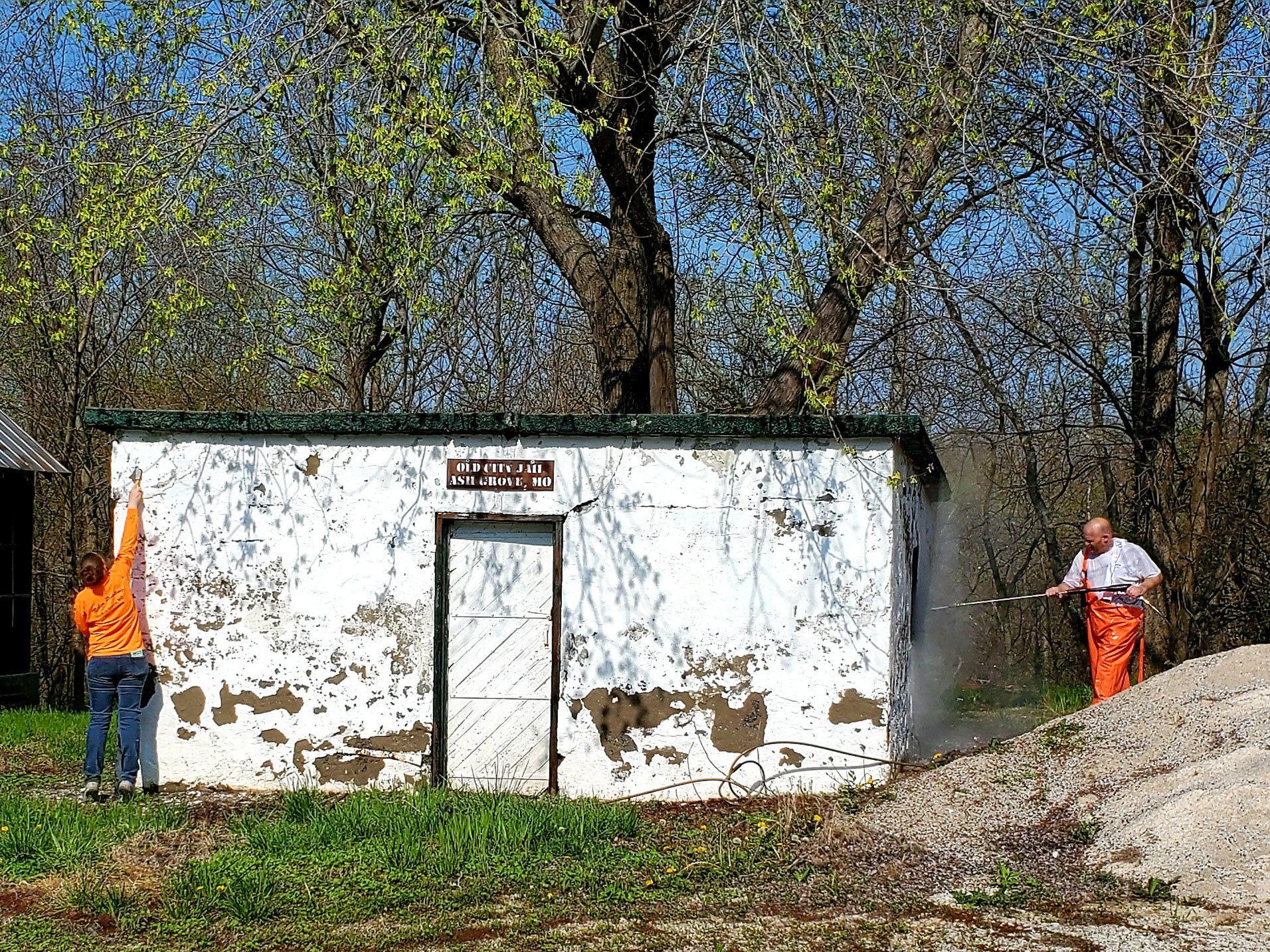
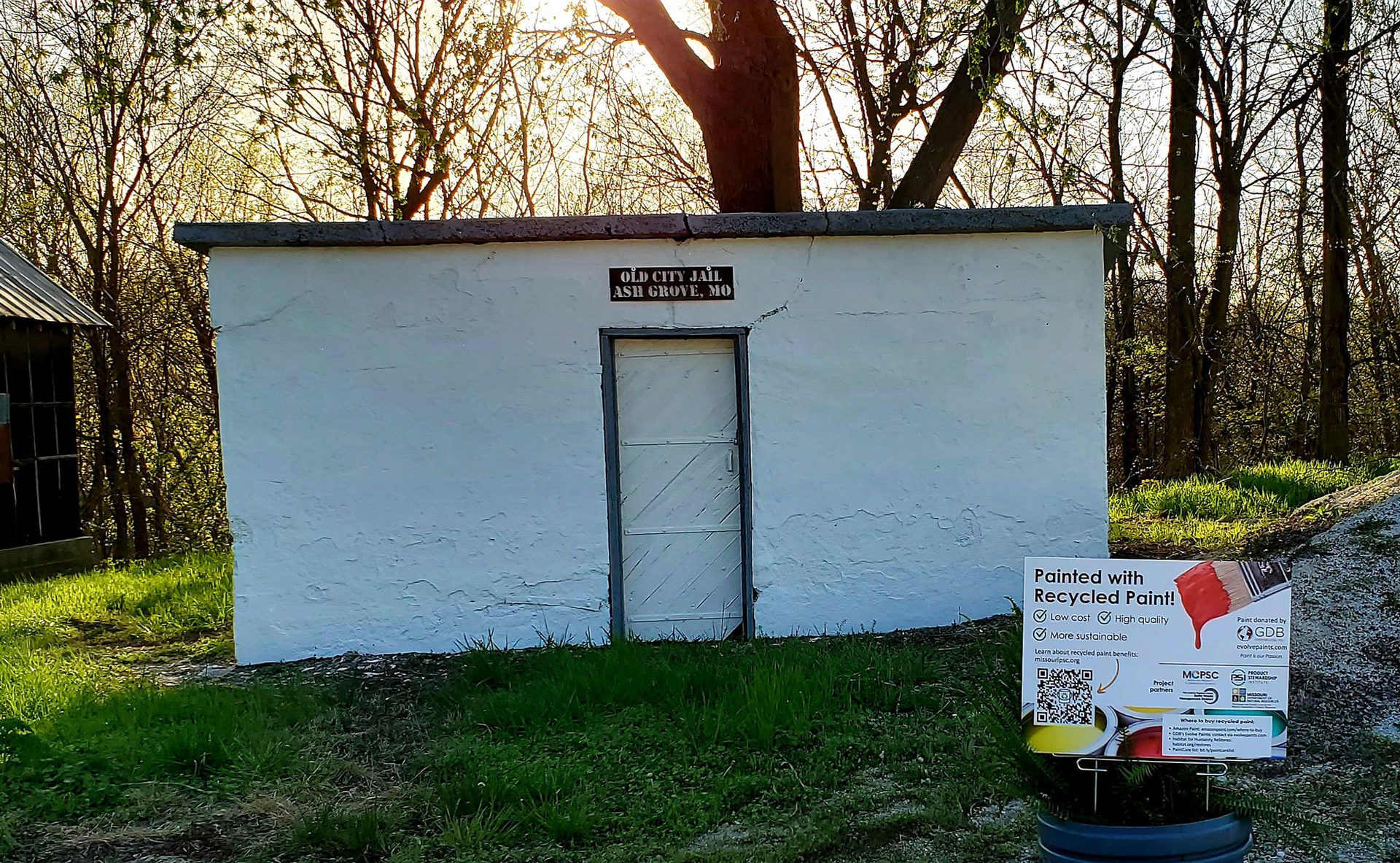
BEFORE
AFTER
The Importance of Paint Recycling
Each year in the United States, more than 830 million gallons of paint are sold to consumers. The U.S. Environmental Protection Agency (EPA) estimates that about 10% of it is unused, resulting in over 83 million gallons of leftover paint that must be managed by local governments each year. When dumped in the trash or down the drain, unused paint can contaminate our environment with volatile organic compounds, fungicides, and (in the case of very old paint) extremely hazardous metals such as mercury, lead, cadmium and hexavalent chromium.
However, 80% of paint sold today is liquid latex — unless it has been contaminated, this paint is fully recyclable. Many companies that manufacture and sell recycled paint are part of the International Paint Recycling Association, which was established in 2019 by PSI, in collaboration with recycled paint manufacturers, to reduce paint-related waste and increase environmental sustainability in the paint-manufacturing industry.
Paint is the most expensive product for local household hazardous waste (HHW) programs to manage, often making up more than half of HHW budgets for municipalities. In the state of Missouri, for example, more than 1.3 million gallons of paint go unused each year — enough to paint 52,000 two-story houses. Yet of the HHW collection programs operating in Missouri’s 115 counties, only 11% accept both latex and oil-based paint, while 66% accept just oil-based and 23% lack paint disposal services entirely. A 2020 survey of urban and rural counties in Missouri conducted by PSI and the MO PSC found that it cost over $400,000 to manage 113,000 gallons of latex and oil-based paint, the majority of which was either landfilled or sent for energy recovery, rather than being recycled.
Like many other states, Missouri simply lacks investment in the collection, transportation and recycling infrastructure necessary to ensure that leftover paint is properly managed at end-of-life. Collecting paint from households depends on consistent, convenient drop-off options for consumers — and outreach to promote them — which requires sustained funding.
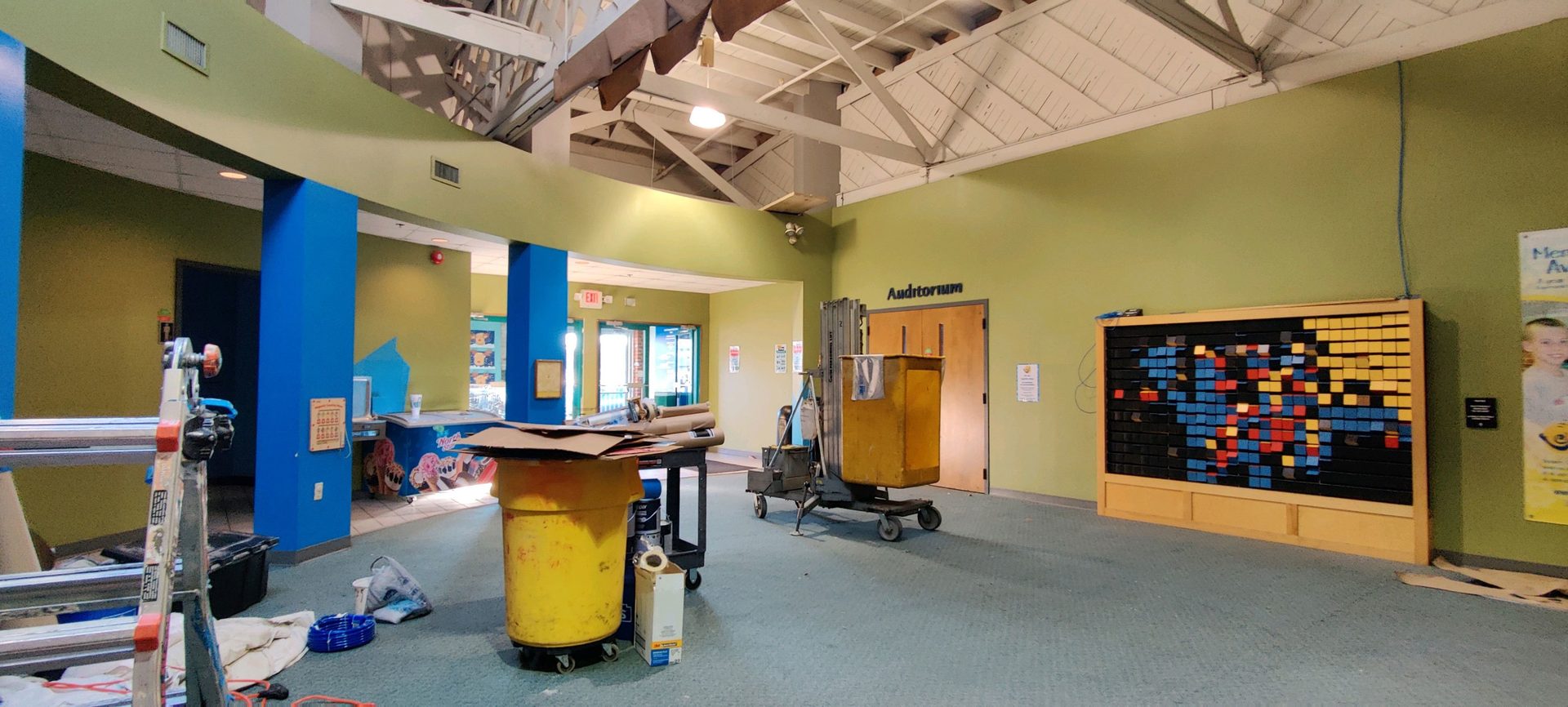

BEFORE
AFTER
“This project helped transform our space and make it more inviting for our many visitors”, added Tyler Moles, director of development at the Discovery Center in Springfield. “We’re thrilled to not only refresh our preschool and lobby, but also to be able to put into action our dedication to environmental sustainability.”
Bringing EPR to Paint
In order to ensure funding for leftover paint to be safely collected and, when possible, recycled back into a recycled paint product, PSI approached the American Coatings Association (ACA), which represents the paint industry, to discuss the problem created by leftover paint. PSI then led a national dialogue with ACA, the U.S. EPA, multiple local and state governments, and recycled paint manufacturers from 2005 to 2007 on Extended Producer Responsibility (EPR) legislation for paint product stewardship. These stakeholders agreed upon a consensus model, in which consumers pay a small fee on each container of paint — ranging from 30 cents to $1.99 depending on the size of the container and the state — that funds the collection, transportation and recycling or safe disposal of latex and oil-based paint.
In states where paint EPR laws have passed, the process of collecting and recycling paint is facilitated by the PaintCare program. The paint industry was the first — and remains the only — major industry to voluntarily support this level of product stewardship.

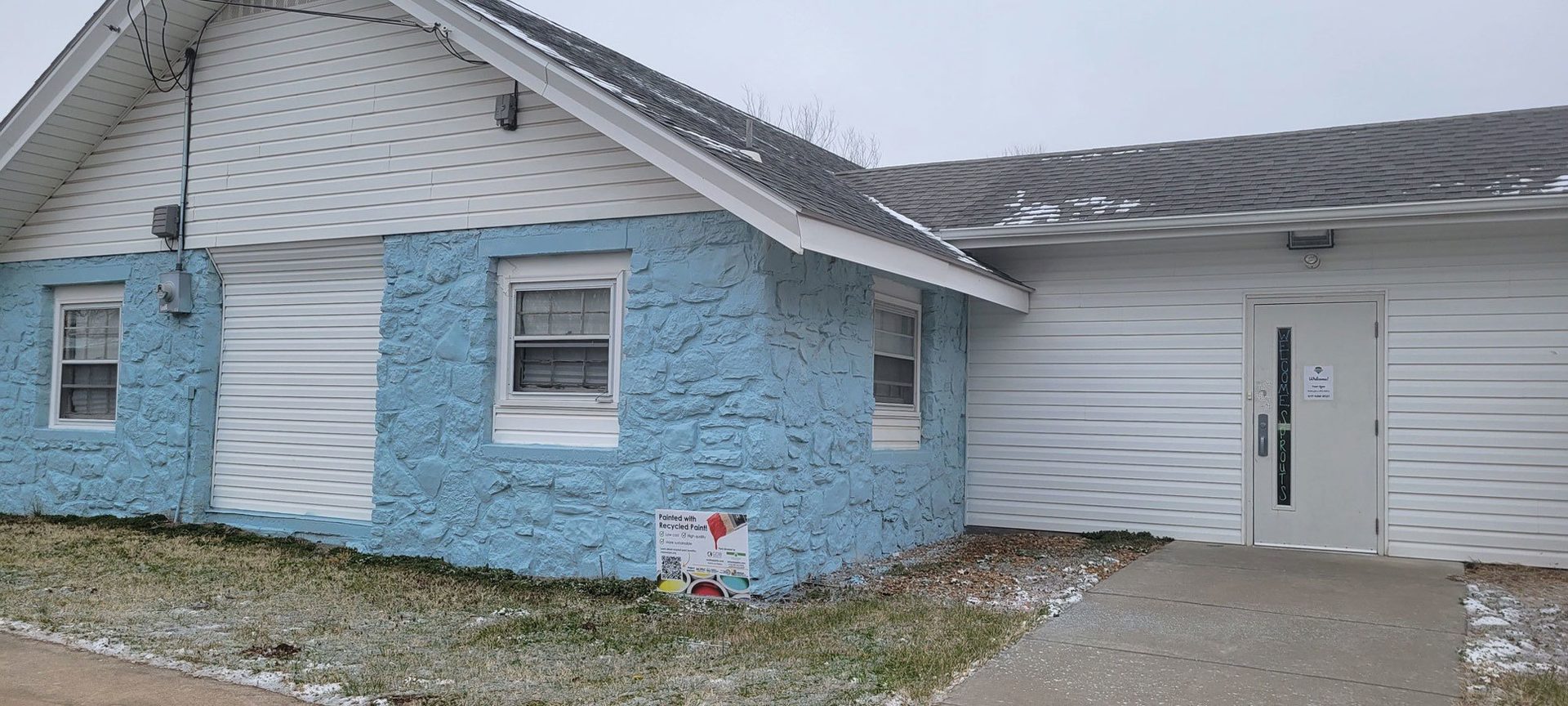
BEFORE
AFTER
Product Stewardship and Paint
Product stewardship programs and laws hold companies responsible for the full life cycle of the products that they put onto the market — from design to end-of-life. It helps fund sustainable recycling infrastructure and minimizes the negative environmental and health impacts of consumer products.
The first paint stewardship program began in Oregon in 2010, and thanks to the work of PSI, state and local governments, recycled paint manufacturers and ACA, legislation has since passed in 10 additional states and the District of Columbia. The most recent program began operating in New York this May. As facilitated by PaintCare, these programs have:
- Collected more than 51 million gallons of leftover paint from all participating states.
- Reused or recycled over 72% of all latex paint collected.
- Relieved local governments and taxpayers of nearly $300 million in avoided paint transportation and processing costs.
- Established over 2,000 collection sites — with more than 75% at retail locations — providing greater convenience to residents and decreasing the burden on local governments.
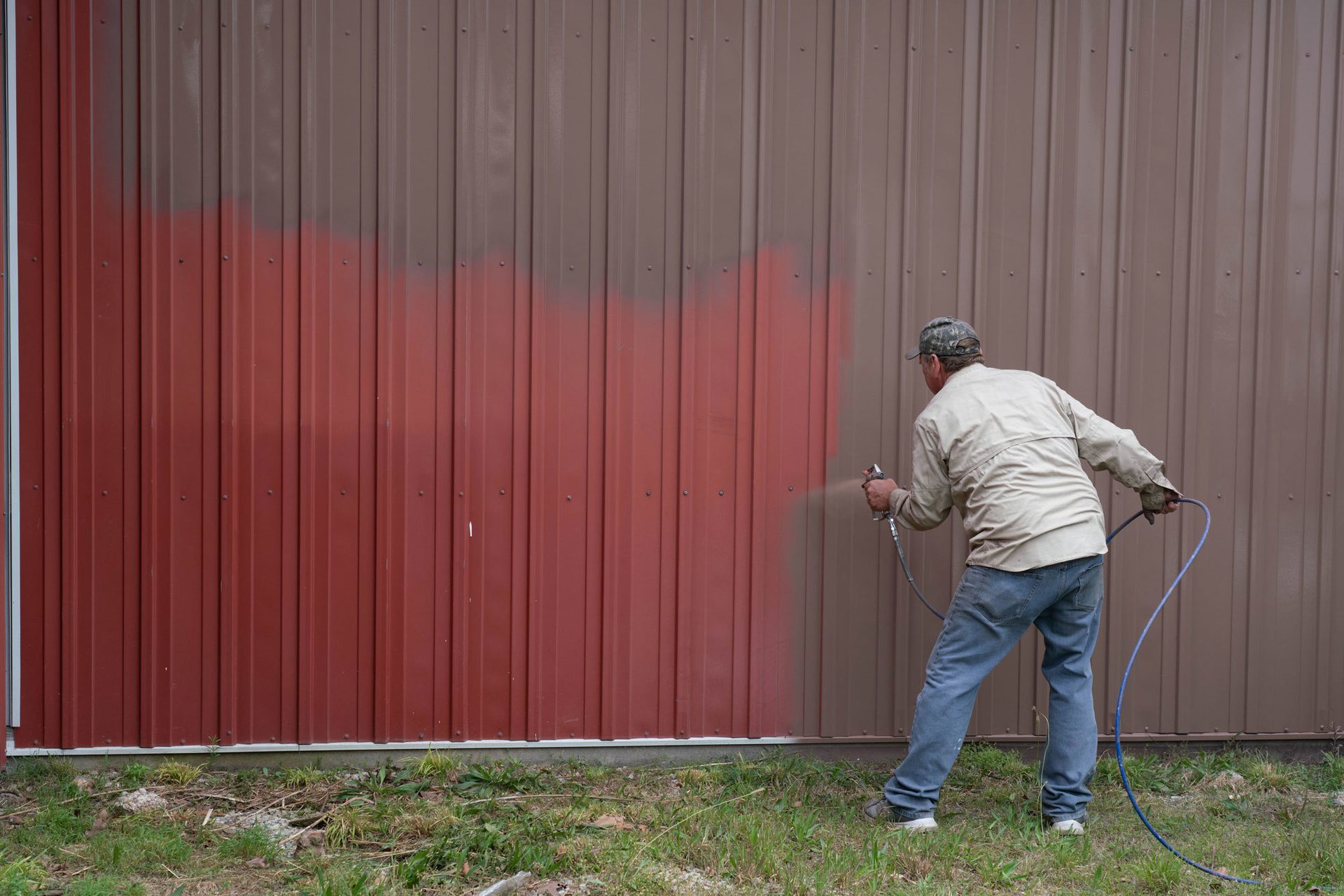
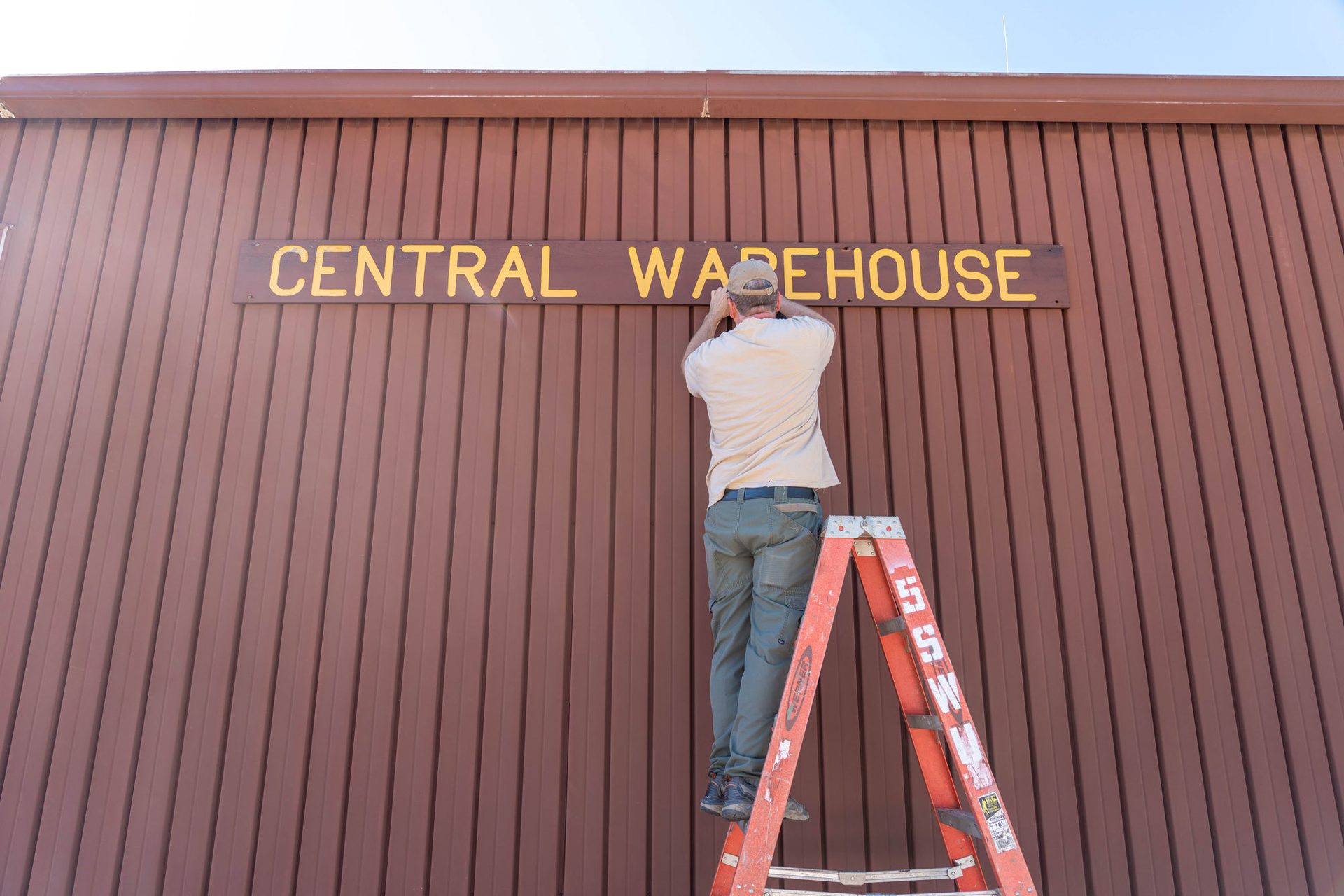
BEFORE
AFTER
This year in Missouri, state representative Jamie Burger introduced HB 2852, a paint EPR bill that was supported by the ACA. If passed, financial benefits to the state will be in excess of $12 million, with PaintCare covering the costs for services currently offered by local governments and paying to establish new paint collection and recycling services in communities that currently lack access. Legislation was also active this year in four other states: Illinois (SB 2692), Maryland (HB 18 and SB 143), Massachusetts (H 938), and New Jersey (S 2679 and A 1979).
PSI and the MO PSC will continue the conversation on recycled paint and paint stewardship in the 2023 legislative session. In the meantime, more recycled paint demonstrations will be announced in Missouri this summer — and may be coming soon to a state near you.
*Brendan Adamczyk is a senior associate for policy and programs at the Product Stewardship Institute (PSI), a policy advocate and consulting nonprofit that pioneered product stewardship in the United States. Since 2000, PSI has helped enact 129 extended producer responsibility (EPR) laws across 16 product categories in 33 states — the bedrock on which the circular economy is built. Brendan supports PSI’s work with state, local, and tribal governments, businesses, and nongovernmental organizations to design and implement producer responsibility legislation. These laws focus on an array of product areas, including carpet, electronics, mattresses, packaging, solar panels — and paint. Learn more at www.productstewardship.us.